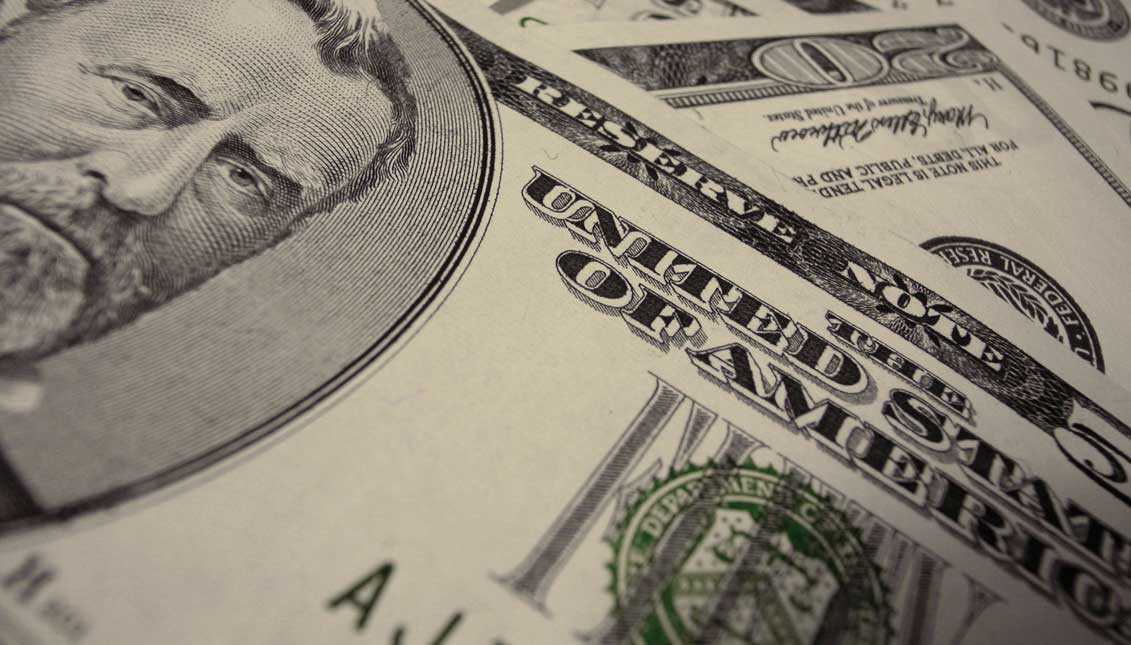
[OP-ED]: Trump hits the debt ceiling
MORE IN THIS SECTION
The current debt ceiling is $19.8 trillion, which covers Treasury borrowings from the public (individuals, large institutional investors like pension funds and banks) and from other government agencies (such as the Social Security Trust Fund or the Highway Trust Fund). If the government hit the ceiling and couldn’t pay all its bills, then someone would get stiffed: bond holders, Social Security recipients, soldiers and sailors, government vendors -- and, possibly, many more.
Investing in U.S. Treasury securities (bills, notes and bonds, each with different maturities) is one way that foreign individuals, multinational companies, governments and banks protect their financial well-being. The dollar is the major form of international money; U.S. Treasury securities are considered the world’s safest financial assets. Would a default trigger a panic, as investors dumped Treasuries? Or would investors just yawn on the assumption that, sooner or later, Congress would raise the debt ceiling and make good on its debts?
A recent analysis from the Brookings Institution, a liberal think tank, wisely observes: “Congress has never failed to act in time, so no one knows with certainty what the consequences [of a default] would be.”
The Brookings analysis is a good starting point for background. From it, you learn that the debt ceiling didn’t exist before 1917. Congress had to authorize every borrowing individually. But when the U.S. entered World War I, Congress set an overall ceiling to make borrowing easier. The Treasury could automatically borrow up to that limit.
For many years after World War II, Congress passed increases in the debt ceiling with little fuss or fanfare, as it should. (The government should pay all its bills as a matter of principle.) But, recently, many Republicans have tried to make reductions in federal spending a condition for supporting a higher ceiling. By and large, this did not result in significant spending cutbacks, but it did add to the drama of the debate and stoked uncertainty that Congress might actually stumble into a default, with what repercussions no one could possibly say.
The fundamental question facing Trump is whether he will support a clean increase in the debt ceiling -- one without other spending measures, which would probably pass easily with Democratic support -- or whether he would flirt with default to gain some policy or political advantage.







LEAVE A COMMENT:
Join the discussion! Leave a comment.